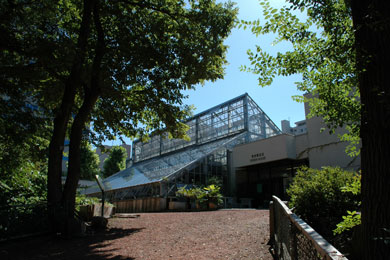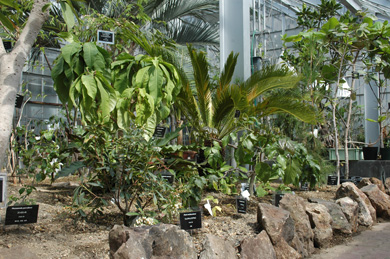
Learn Plants
Alpine Plants Rock Garden
The garden, designed as a miniature of the upper slopes of Mt. Tomuraushi in Hokkaido, includes about 600 species of alpine plants from Japan and the vicinities. It features plants native to Taisetsu Mountain Range and Mt. Apoi in Hokkaido. Alpine plants are also displayed in pots to be looked closer. Alpine plants in the garden come into flower at various times from late spring to early summer.
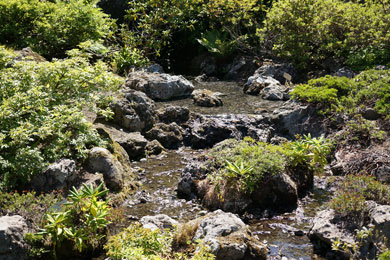
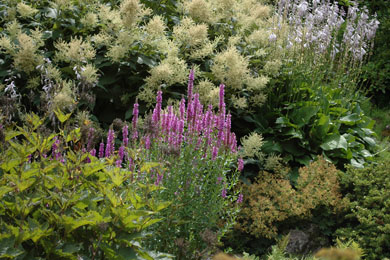
Canadian Rock Garden
The garden was opened to commemorate the partnership with the botanical garden of the University of British Colombia (UBC), Canada. Canadian Rock Garden includes about 150 species of alpine plants in North America and many of the collections were introduced from the botanic garden of UBC. Both Eurasia and North America are included in the same floristic kingdom (Holarctis), and Eastern Asiatic and North American Atlantic regions share closely related plant groups.
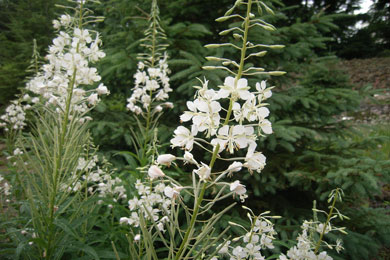
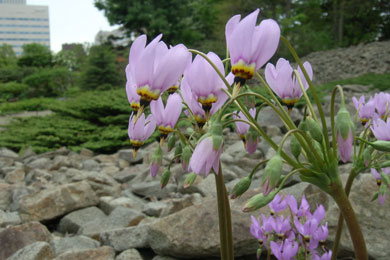
Natural Woodland
Landform and vegetation of this area have not been artificially altered since the opening of the garden. Natural Woodland includes old growth trees of maples (such as Acer amoenum and A. pictum), showing the original landscape of Sapporo before the urban development.
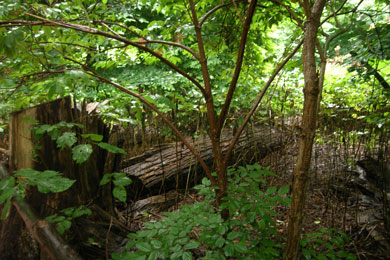
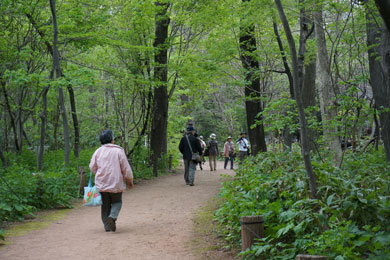
Rose Garden
Rose trees of about 20 old cultivars and wild Japanese rose (Rosa rugose) are planted around the water lily pond. The garden also has an arched walkway of fragrant climbing roses. The roses bloom from the middle of June to September.
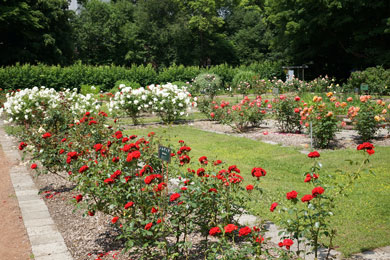
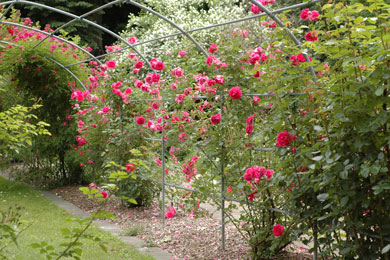
Herbaceous Plants Garden
The garden displays around 150 species of native and introduced herbs commonly found in lowlands of Hokkaido. Highlights include various species of aster family, that bloom from late summer to autumn.
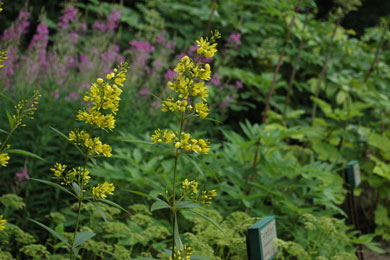
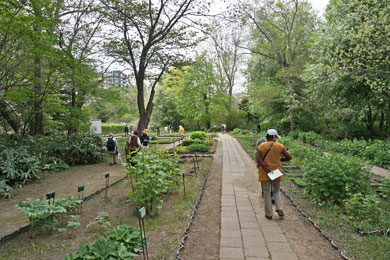
Northern Peoples Ethnobotanical Garden
Approximately 200 species of plants used by northern peoples of east Asia (the Ainu, Nivkh and Uilta) are displayed with their usages (i.e., weaving, dying, foods, household and ritual utensils, medicine, hunting gears, etc.). Northern Peoples Museum (on the 2nd floor of the main office building) exhibits artifacts made of these plants.
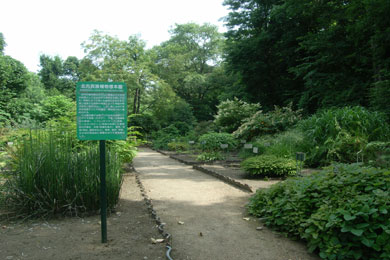
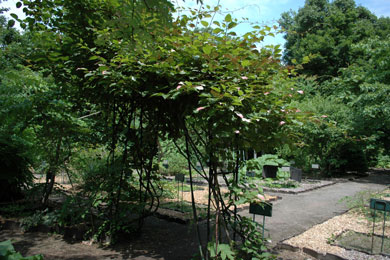
Lilac Avenue
Around 20 species of lilacs from Asia and Europe are planted, including common lilac Syringa vulgaris. Lilacs come into bloom with attractive, sweet-smelling from May to June. To the left of Miyabe Kingo Memorial Building is the oldest lilac tree in Sapporo, that was brought from America around 1890 by Miss Clara Smith, the founder of the Smith School for Girls (current Hokusei Gakuen).
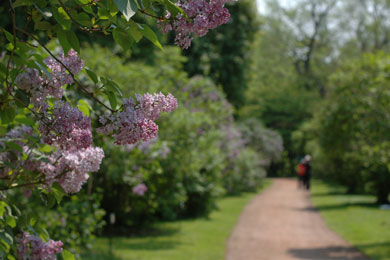
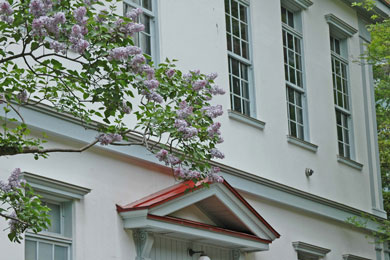
Shrub Garden
The garden includes about 150 species of shrubs that are native to Hokkaido or commonly found in Japanese gardens. Shrubs in the garden offer year-round beauty of flowers, fruits, and autumn leaves.
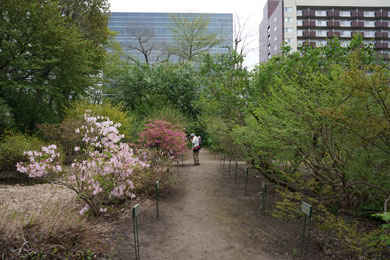

Greenhouse(closed)
Plants from tropical, subtropical, and arid environments are housed in climate-controlled rooms. The collections include fruit and flower trees, wild orchids, bromeliads, begonias, succulents, carnivorous plants, ferns, etc.
